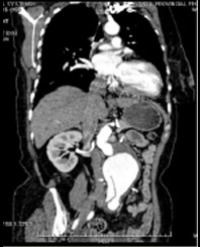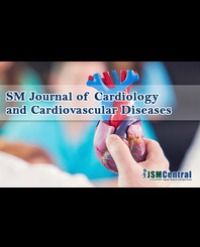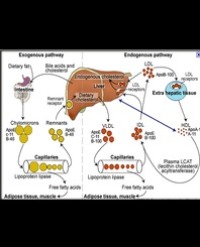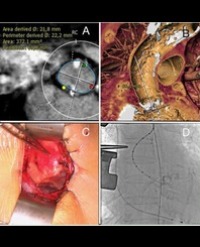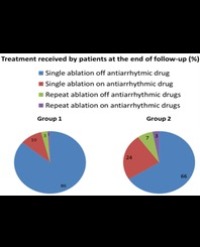
Atrial Fibrillation Ablation: Efficacy and Safety in Acute and Long-Term Follow up of Nmarq
Background: The circular nMARQ™ ablation catheter is a useful tool for pulmonary vein isolation (PVI). We assessed acute and long-term efficacy of NMARQ™ ablation catheter for PVI in paroxysmal and persistent AF.
Methods and Results: We report a case series of 200 patients (mean age 56±9 years; 73% male) referred to our center to perform PVI. One hundred patients (group 1) underwent PVI with the nMARQTM and 100 patients (group 2) with the single tip ThermocoolR ablation catheters. All patients performed 24 months of FU. AF recurrences were documented in 13 patients of group 1 (13%) and 32 patients of group 2 (32%) (p=0.003). Regarding the patients with paroxysmal AF, 8 patients in group 1 (11%) and 20 patients in group 2 (26%) had AF recurrences at clinical FU (p=0.02). In patients with persistent AF, 8 patients in group 1 (33%) and 12 patients in group 2 (59%) had AF recurrences at clinical FU (p=0.06). A trivial pericardial effusion not requiring any pharmacological or interventional correction appeared in 10 patients of group 1 (10%) and 6 patients of group 2 (6%); two patients reported groin haematoma.
Conclusion: The use of nMARQ™ ablation catheter for PVI is feasible and safe. Compared to standard single tip approach, we found a significant higher success rate in the nMARQ™ group at long term FU.
Nicola Vitulano1, Antonio Di Monaco1*, Federico Quadrini1, Giacomo Cecere1, Tommaso Langialonga1, Luigi Di Biase2-4, Andrea Natale5-9 and Massimo Grimaldi1

